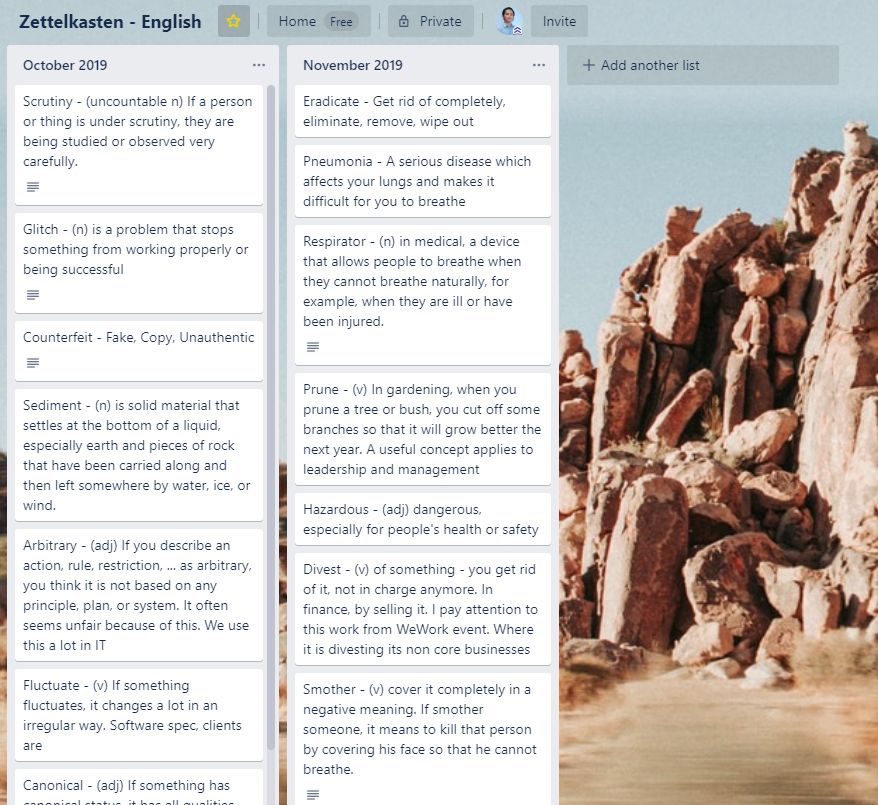It was kind of funny that I took this course—Learn How To Learn. Graduated from the university, being a professional programmer for 15 years, and what? I have to learn How To Learn? I am glad I took the course.
I knew about the course why listening to Time Ferris Show podcast in a morning run session, by the way it is a wonderful thing. The guess mentioned the course. That he was taking the course at night. It is free. Cool! why not me? So I did.
Below are notes, key takeaways from the course.
Focused and Diffuse Modes
When come to learning, solving problems, the brain has 2 modes: Focused and Diffuse.
Focused mode helps us solves known problems. There are patterns. We kind of know how to approach the problem.
Diffuse mode is where all the creativity comes from. There are problems that we have no idea. Problems that require complete new ways of thinking. In my words, it means that I should not focus on the problem. Instead, input the problem and let my brain figuring it out without my awareness. Banging my head into the wall will not create anything except a broken, bleeding head.
The key point is that I have to trust these 2 modes and decide when to use what mode. However, do not mistake that it will work. The diffuse mode only works if the brain has a variety of input, sources, data, knowledge of different fields. If you do not study anything, nothing will work. Cross learning is powerful. Knowledge in one area will help solving problems in others, by the diffuse mode.
Chunks/Chunking
Chunks are group of knowledge, collected and stayed in your brain. I remember that I read materials and then thought I understood it. They’ve all gone away after a day or more. Now, I know that I have not created chunks. There are many practices, steps to form chunks. Understanding is not enough. There are understanding, practicing, and context.
I have to do my homework. I have to stay around with the concepts. I have to get myself familiar with the subjects. Chunks are fundamentals. I skipped it a lot.
Recall NOT Reread
This is the mistake I made a lot. When learning materials, I re-read them. Reread is a passive action. It does not invoke any brain activity. When I re-read, the brain will simply override the existing data or store the duplicated data somewhere.
However, recall is an active action. It triggers the process of retrieving information, trying to reasoning that they are, how they are connected to each other or existing data.
There is a 30 seconds rule: After a meeting, conversation, … spend 30 seconds to jot down things that matter most to you.
Spaced Repetition
Another mistake I made. Speaking of recall, I was recalling continuously through the day. Actually, I was afraid that I would forget them. Spaced repetition is that you recall them by days. For example, I learn something on Monday. I should recall them on Tuesday or Wednesday, and later another time on Friday.
Recently, I recall (spaced repetition) while I run in the morning. It is the perfect time.
Metaphor and Visualization
This is about the learning technique. We should create metaphors, visual analogies, connections when learning new concepts. The more you do the better you will remember them.
Take the Hard Stuff
I used to learn the easiest stuff first. This advice changes my approach. Learn from the easy parts but also challenge the hard stuff. This gives my diffuse brain chances to figure things out.
Sleep and Schedule Before Sleep
I recently learnt how crucial the sleep is. Staying up late and waking up early to learn is a big mistake. If you want to do something tomorrow, plan it before going to bed, the brain (the diffuse mode, remember) will help you figure out.
If you want to know more, visit this link Learning how to learn, Coursera. I am sure you will not regret.

